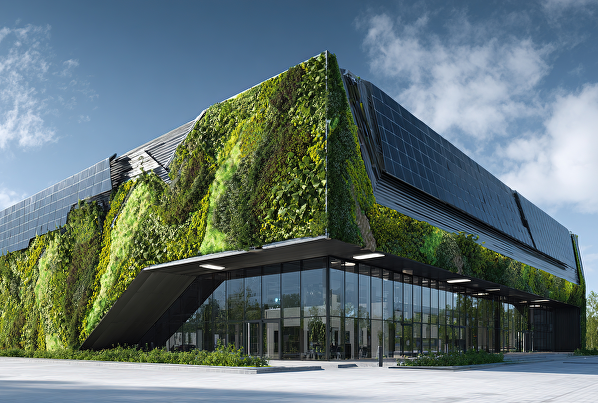
Developments in the Belgian digital economy – Cost of data management

What developments in the digital economy will affect companies in the coming months? What should CEOs and CIOs take into account and how can they prepare for it?
Friso Haringsma, Xavier Warnier and Bart Stevens from Datacenter United share their vision and ideas.
How can companies deal with the costs of their data?
Comparing on-premises data centers to colocation data centers is an important decision for companies. Here are some considerations and insights that may guide you.
Xavier Warnier: The real estate compartment of a service company includes more than just office spaces. During and after the Covid pandemic and the recent energy crisis, many companies have realized that the cost of their data center in their own buildings (on prem) is very high. The presence of their own data center also prevents them from efficiently moving to smaller office buildings, now that the staff is no longer present in the office every day. After all, that data center must be "moved"lift & shifted", something that is not the case with an external data center. This does not affect the organization's real estate investments and does not hinder geographic growth. On top, this is an extra migration cost that is capital intensive and hidden cost of the project; People, transport, new redundant equipment, connectivity, telecom costs and possible downtime for the business and customers.
Moreover, it is not easy for companies to find staff with the right experience and expertise to manage their own data center qualitatively. This makes your own data center an expensive burden, while it could also be done differently.
Organizations that transfer their data to a colocation data center enjoy the expertise and manpower available in the data center. They no longer have to make investments in new equipment and infrastructure, which is positive in their CapEx-OpEx balance. And when they rely on a certified Tier III or Tier IV data center, they also ensure redundant infrastructure so that the processes and staff can always continue to work and that all their digital services are and remain available 24/7/365.
Bart Stevens: In addition, local external data centers can scale quickly when additional data storage or computing power is needed. Companies can of course also provide that extra capacity and surface area in their own data centers, but that makes those data centers even more expensive. That extra surface area for data storage is usually provided immediately, while the IT part starts on a small scale and grows over the years. It will therefore take years before that data space is used efficiently. If the company does not provide this extra capacity from the start, it may take a long time before their infrastructure is scaled up to what is needed. The cost price is then corresponding.
Friso Haringsma: We also see the demand from companies for us as a data center evolving. Local data centers are now seen more as a true partner, providing products, services and expertise. The data center provider will take on a more active specialized role in the whole.
In summary, companies should conduct a thorough cost analysis and needs assessment to determine the best option. There is no one-size-fits-all solution, so it is important to consider the specific circumstances and objectives of the company.
Xavier Warnier: At Datacenter United we continiously improve our prime vendor selection to ensure the latest technolgies and innovation for our customers. We invest at the right time to scale-up for our customers needs. We can do so because our design and construction of the falicilites allow us to build and implement new modules when customers need it. So you reduce upfront investments and provide the latest technogies adapted to the market demand. More over modularity of our UPS, Cooling and electrical equipment give us agility to answer to the customer request and technical specifications in a constantly changing landscape.
On the other side, we also invest massivly in sustainable solutions (Solar Panels & Millions liters of water bassins for example), that on the mid-term play a role in the pricing setup and also lowering our need to be always fully connected to the power Grid.
Finnaly, we improve our monitoring to detect unused services and equipment (zombie servers) that lower the final customer powerbill and has a major impact on sustainability targets.
Do you want to know more about our initiative, or you want advice and a free analysis, we are there to help you!
Contact us for more information:
+32 3 369 36 90
hello@datacenterunited.com


